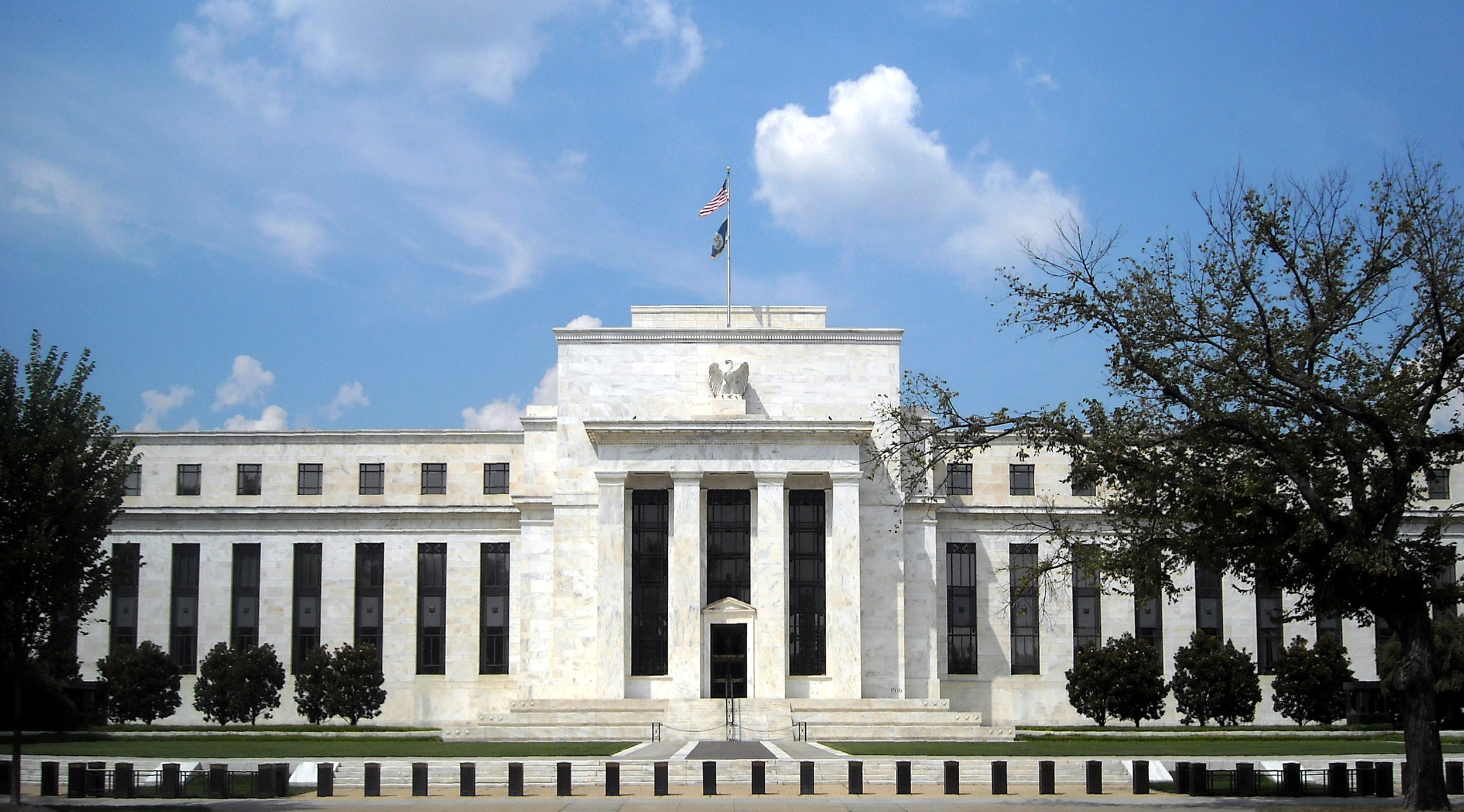A barnstorming new paper from the Richmond Fed, written by its President Jeffrey Lacker and staff economist Renee Haltom, argues that the Federal Reserve has drifted into doing too much credit policy to the detriment of its traditional goal of overall macroeconomic stabilisation.
In its 100-year history, many of the Federal Reserve’s actions in the nameof financial stability have come through emergency lending once financial crises are underway. It is not obvious that the Fed should be involved in emergency lending, however, since expectations of such lending can increase the likelihood of crises. Arguments in favor of this role often misread history. Instead, history and experience suggest that the Fed’s balance sheet activities should be restricted to the conduct of monetary policy.
The first step in their case is attacking the idea that the Fed was created to be a lender to specific troubled institutions or sectors:
Congress created the Fed to “furnish an elastic currency.”...In other words, the Fed was created to achieve what can be best described as monetary stability. The Fed was designed to smoothly accommodate swings in currency demand, thereby dampening seasonal interest rate movements. The Fed’s design also was intended to eliminate bank panics by assuring the public that solvent banks would be able to satisfy mass requests to convert one monetary instrument (deposits) into another (currency). Preventing bank panics would solve a monetary instability problem.The Fed’s original monetary function is distinct from credit allocation, which is when policymakers choose certain firms or markets to receive credit over others.
They go on to explain further the difference between monetary policy (providing overall nominal stability; making sure that shocks to money demand do not lead to macroeconomic instability & recessions) and credit policy (choosing specific firms to receive support and funds—effectively a form of microeconomic central planning):
Monetary policy consists of the central bank’s actions that expand or contract its monetary liabilities. By contrast, a central bank’s actions constitute credit policy if they alter the composition of its portfolio—by lending, for example—without affecting the outstanding amount of monetary liabilities. To be sure, lending directly to a firm can accomplish both. But in the Fed’s modern monetary policy procedures, the banking system reserves that result from Fed lending are automatically drained through off setting open market operations to avoid driving the federal funds rate below target.
The lending is, thus, effec-tively “sterilized,” and the Fed can be thought of as selling Treasury securities and lending the proceeds to the borrower, an action that is functionally equivalent to fiscal policy.
They go on to explain why Walter Bagehot provides "scant support" for the creditist approach to crisis management, while the facts of the Great Depression do not fit with the creditist story.
Finally, they note that even if there are inherent instabilities in the financial system—something far from proven—many of these are made substantially worse by central bank intervention in credit markets.
Financial institutions don’t have to fund themselves with short-term, demand-able debt. If they choose to, they can include provisions to make contracts more resilient, reducing the incentive for runs. Many of these safeguards already exist: contracts often include limits on risk-taking, liquidity requirements, overcollateralization, and other mechanisms.
Moreover, contractual provisions can explicitly limit investors’ abilities to flee suddenly, for example, by requiring advance notice of withdrawals or allowing borrowers to restrict investor liquidations. Indeed, many financial entities outside the banking sector, such as hedge funds, avoided financial stress by adopting such measures prior to the crisis.Yet, leading up to the crisis, many financial institutions chose funding structures that left them vulnerable to sudden mass withdrawals. Why?
Arguably, precedents established by the government convinced market participants of an implicit government commitment to provide backstop liquidity. Since the 1970s, the government has rescued increasingly large fi nancial institutions and markets in distress. This encourages large, interconnected fi nancial fi rms to take greater risks, including the choice of more fragile and often more profi table funding structures. For example, larger financial firms relied to a greater extent on the short-term credit markets that ended up receiving government support during the crisis. This is the well-known “too big to fail” problem.
I apologise for the length of the quotation, but the paper really is excellent. Do read the whole thing.











